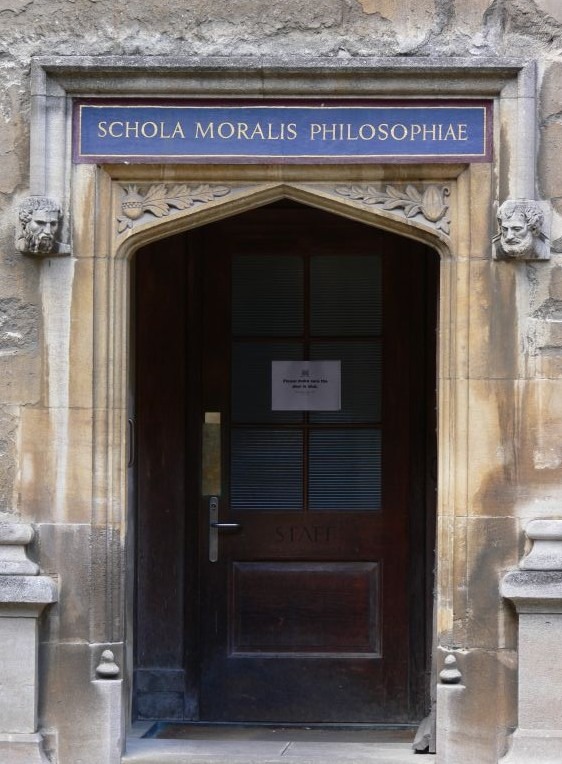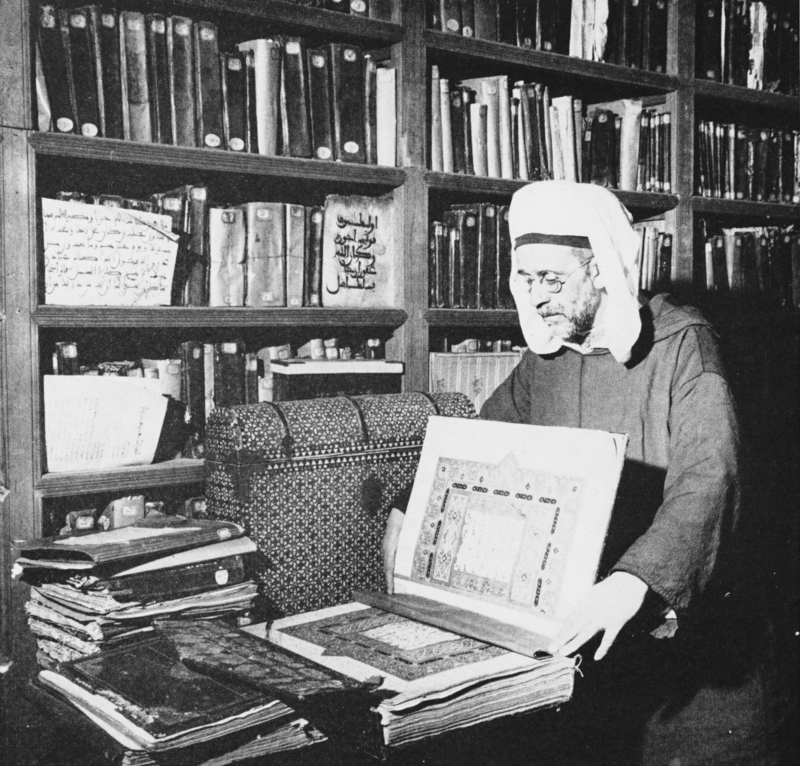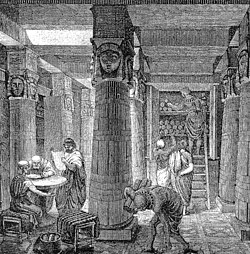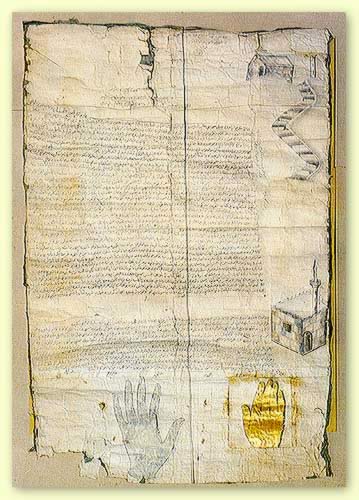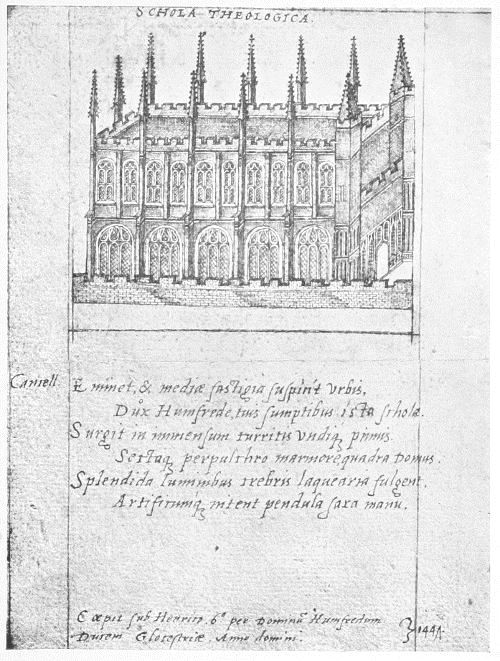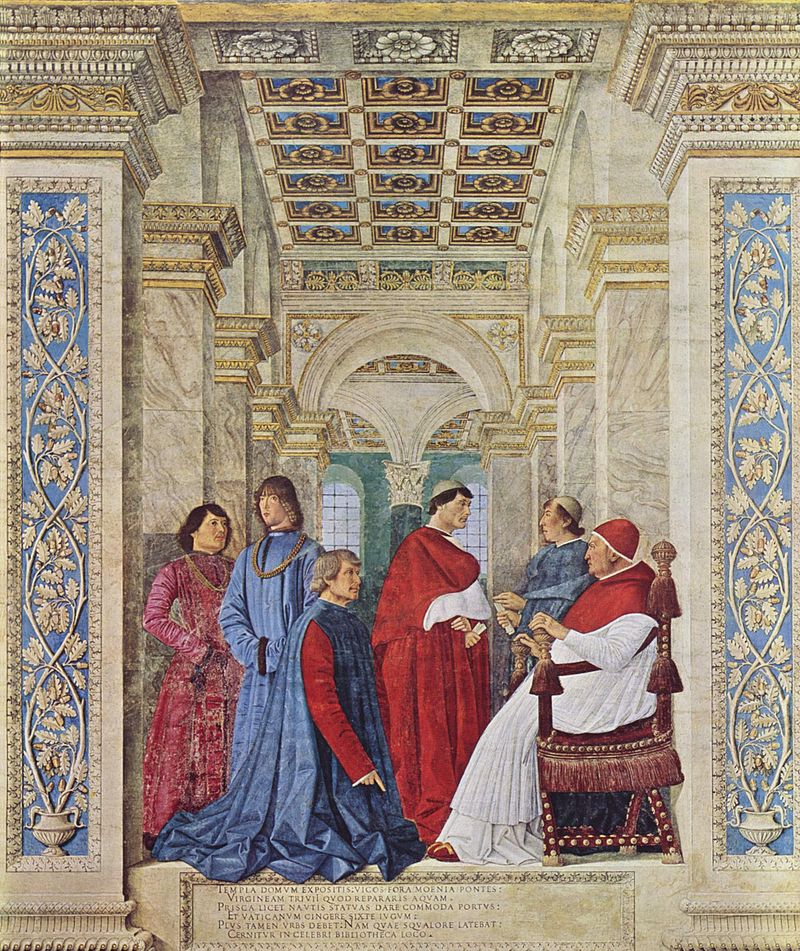Libraries have long stood as bastions of knowledge, preserving the collective wisdom of humanity through centuries of change. These institutions, more than mere repositories of books, serve as the foundation upon which the continuity of human culture and intellectual heritage is built. From ancient scrolls to digital databases, libraries have evolved, yet their core mission remains unchanged: to collect, protect, and make knowledge accessible to future generations. The significance of libraries extends beyond their practical utility; they are symbols of the aspirations and achievements of civilizations.
Among the myriad of libraries that dot our planet, a select few claim the title of the oldest, each with its own unique story of resilience and contribution to the preservation of knowledge. These ancient libraries, located in various corners of the world, are not just remarkable for their age but for their enduring impact on scholarship, culture, and society.
Oldest Libraries on Earth
The Al-Qarawiyyin Library, Fez, Morocco
Nestled within the winding streets of Fez, Morocco, the Al-Qarawiyyin Library stands as a testament to the enduring value of knowledge and learning. Founded in 859 AD by Fatima al-Fihri, a woman of remarkable vision and dedication, this library is part of one of the world’s oldest universities. Fatima al-Fihri’s contribution underscores the significant role women have played in advancing education and culture throughout history.
The Al-Qarawiyyin Library is not only revered for its age but also for the treasures it holds within its ancient walls. Among its prized possessions are centuries-old manuscripts, including a 9th-century Quran, the Muqaddimah by Ibn Khaldun (considered as one of the earliest works on the philosophy of history), and the original manuscript of Ibn Tufail’s Hayy ibn Yaqdhan, a narrative that influenced European thought during the Enlightenment.
The library has been a beacon of Islamic scholarship and learning, attracting scholars from around the world to study its vast collections. It has played a crucial role in the development of various fields, including theology, law, grammar, and natural science, contributing significantly to the intellectual and cultural exchanges between the Islamic world and Europe, especially during the Middle Ages.
The Al-Azhar Library, Cairo, Egypt
Located in the heart of Cairo, the Al-Azhar Library is part of Al-Azhar University, one of the oldest educational institutions in the world. Established in 970 AD, only a century after the founding of Cairo itself, Al-Azhar University and its library have been central to Islamic education for over a millennium. The institution was originally founded as a madrasa and has grown over the centuries to become a leading center of Islamic learning and theology.
The Al-Azhar Library boasts an extensive collection of manuscripts, books, and documents, some of which date back to the very early centuries of Islam. These include rare and valuable works in theology, jurisprudence, the Quranic sciences, and Hadith. By housing such a vast reservoir of Islamic knowledge, the library has contributed immensely to the education of Muslim scholars. It has played a pivotal role in the interpretation and dissemination of Islamic teachings, influencing both religious and secular studies across the Muslim world.
One of the library’s standout features is its dedication to preserving Islamic heritage through its rare manuscripts and historical texts. The collection encompasses not only religious texts but also works on medicine, astronomy, mathematics, and philosophy, reflecting the broad scope of Islamic scholarly interest. The library’s efforts in manuscript preservation and digitization have made it a vital resource for researchers and historians worldwide, offering insights into the intellectual and cultural history of the Islamic world.
The Ancient Library of Alexandria, Egypt
The Library of Alexandria, founded in the 3rd century BCE, stands as a symbol of knowledge and cultural exchange at the heart of the ancient world. Conceived by Ptolemy I Soter and further developed under his successor, Ptolemy II, the library was part of a larger research institution called the Musaeum of Alexandria. It aimed to collect all of the world’s knowledge, attracting scholars from across the Mediterranean to study its vast collections of manuscripts and scrolls.
The Library of Alexandria is credited with many scientific discoveries and advancements. It served as a crucible for intellectual activity, where scholars such as Euclid, Archimedes, and Heron conducted their pioneering work. The library was not only a center for studying the works of ancient scholars but also a place where new knowledge was created, particularly in the fields of astronomy, mathematics, geography, and medicine. Its scholars calculated the circumference of the Earth, cataloged stars, and developed new theories in physics and mathematics, laying the groundwork for future scientific endeavors.
The decline of the Library of Alexandria is shrouded in mystery and legend. Several accounts attribute its destruction to a series of events across different epochs, including Julius Caesar’s conquest of Alexandria in 48 BCE, the rise of Christianity, and the Muslim conquest in the 7th century CE. While the exact cause and timeline of its decline remain topics of debate, the loss of the library is considered one of the greatest cultural tragedies of the ancient world.
St. Catherine’s Monastery Library, Sinai, Egypt
St. Catherine’s Monastery, nestled at the foot of Mount Sinai in Egypt, is not only one of the oldest Christian monasteries in the world but also houses a library second only to the Vatican in its significance for early Christian texts. Founded in the 6th century AD under the patronage of Emperor Justinian I, the monastery has been an enduring site of religious devotion and scholarship. Its library has preserved an invaluable collection of Christian manuscripts through centuries of tumult and change, offering a window into the early Christian and Byzantine worlds.
The library at St. Catherine’s holds a collection of extraordinary depth and diversity, including the Codex Sinaiticus, one of the oldest and most complete manuscripts of the Bible. Written in the 4th century, this manuscript is a cornerstone for biblical scholars, offering critical insights into the text’s early history. Beyond religious texts, the library’s holdings encompass works on science, medicine, and philosophy, reflecting the broad intellectual pursuits of the monastery’s inhabitants over the centuries.
Preserving the library’s ancient manuscripts in the harsh desert environment has posed ongoing challenges. Efforts to digitize the collection have been underway, aiming to safeguard these texts against deterioration and to make them accessible to scholars and the public around the world. These initiatives highlight the monastery’s commitment to preserving its heritage while navigating the demands of modernity.
The Library of Congress, Washington, D.C., USA
The Library of Congress, established in 1800, is a landmark institution in the United States, embodying the country’s commitment to knowledge, democracy, and cultural preservation. Originally intended to serve the legislative needs of Congress, it has grown into the largest library in the world, with millions of books, recordings, photographs, maps, and manuscripts in its collections. The Library’s evolution mirrors the growth of the United States itself, from a fledgling republic to a global superpower, with the Library expanding its scope to include materials from every corner of the world and every field of human knowledge.
The Library of Congress houses an unparalleled collection of U.S. and international materials, including the largest collection of rare books in North America, the world’s largest collection of legal materials, films, maps, and sheet music. It holds the Thomas Jefferson Building, known for its magnificent architecture and the Gutenberg Bible, one of the earliest and most famous printed books. The Library’s American Folklife Center preserves indigenous cultures and traditions, while its National Library Service for the Blind and Print Disabled provides reading materials in accessible formats, showcasing the Library’s commitment to inclusivity.
Beyond its role as a repository of knowledge, the Library of Congress serves as a vital resource for researchers, scholars, and the public, offering access to a vast array of digital resources and specialized services. Its mission extends to cultural preservation, safeguarding America’s audio-visual heritage, and promoting literacy and reading through public programs and exhibitions.
The Bodleian Library, Oxford, United Kingdom
The Bodleian Library, located in the heart of Oxford, England, is one of the oldest libraries in Europe and a centerpiece of Oxford University’s storied academic tradition. Founded by Sir Thomas Bodley in 1602, the library opened its doors to scholars with a collection that has since grown into millions of items, spanning the breadth of human knowledge and history. The Bodleian embodies the academic spirit of Oxford, serving as a hub for learning, research, and scholarship for over four centuries.
With its extensive collections of manuscripts, maps, rare books, and digital archives, the Bodleian Library serves as an invaluable resource for scholars around the world. It operates under the legal deposit legislation, which entitles it to receive a copy of every book published in the UK and Ireland, ensuring its comprehensive archive continues to expand. The library’s commitment to accessibility is evident in its public exhibitions, tours, and outreach programs, making its treasures available to both the academic community and the general public.
Among the Bodleian’s notable holdings are four copies of the Magna Carta, Shakespeare’s First Folio, and the manuscript of Mary Shelley’s Frankenstein. These items are just a glimpse into the library’s vast and varied collections, which cover every conceivable subject area. The Bodleian’s special collections are not only of historical and literary significance but are also used by researchers for a wide range of academic disciplines, reflecting the library’s role in advancing knowledge across the humanities, sciences, and social sciences.
The Vatican Library, Vatican City
The Vatican Library, officially established in 1475, although its origins date back to the early centuries of the Church, is one of the oldest libraries in the world and a treasure trove of historical, religious, and cultural manuscripts. Located within the Vatican City, it serves as a research library for history, law, science, theology, and philosophy. Its foundation by Pope Nicholas V reflects the Catholic Church’s commitment to the preservation of knowledge and the promotion of scholarly research across a variety of academic disciplines.
The Vatican Library’s collection includes some of the most important and unique manuscripts in the world, such as the Codex Vaticanus, one of the oldest copies of the Bible, and works by classical authors like Homer, Sophocles, and Virgil. It also houses a vast array of documents related to the history of the Church, including papal correspondence, decrees, and encyclicals, making it an invaluable resource for researchers in ecclesiastical history. The library’s contributions to global culture and scholarship are immeasurable, with its holdings offering insight into the development of Western thought and the Renaissance.
Conclusion
Libraries are more than just collections of books and manuscripts; they are the custodians of humanity’s collective wisdom and creativity. The oldest libraries on Earth, with their rich histories and invaluable collections, embody the enduring human quest for knowledge and understanding. They have served as centers of learning, dialogue, and cultural exchange, impacting countless generations of scholars, students, and seekers of wisdom.
As we move further into the digital age, the role of libraries is evolving but no less significant. The efforts to digitize ancient texts and make them accessible online are opening up new possibilities for research and education, allowing a global audience to tap into the wealth of knowledge preserved within these ancient walls. Yet, the physical spaces of these libraries, with their historical artifacts and atmospheric reading rooms, continue to inspire and awe those who visit them.
